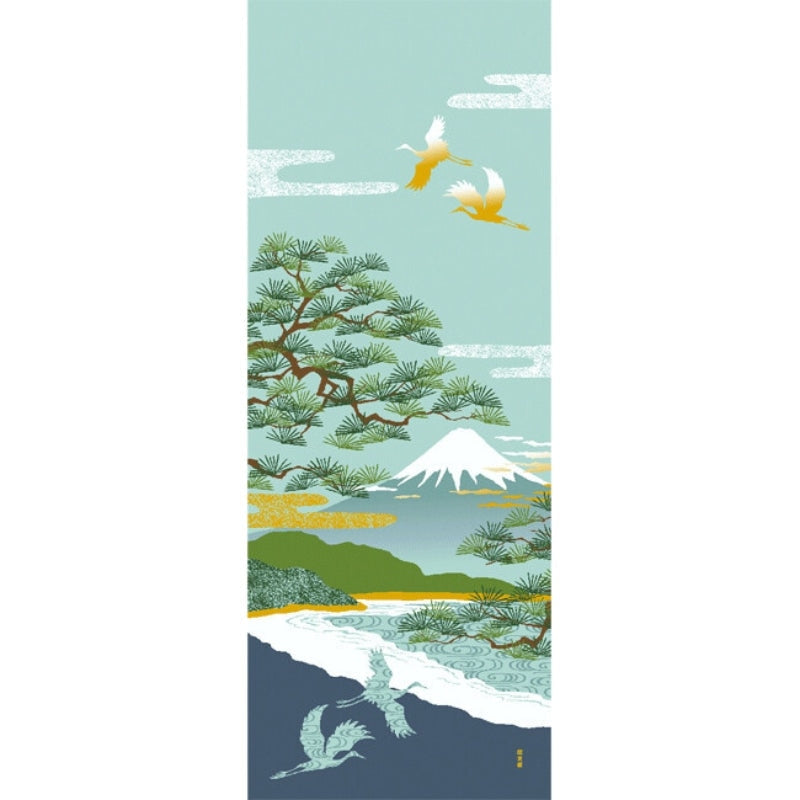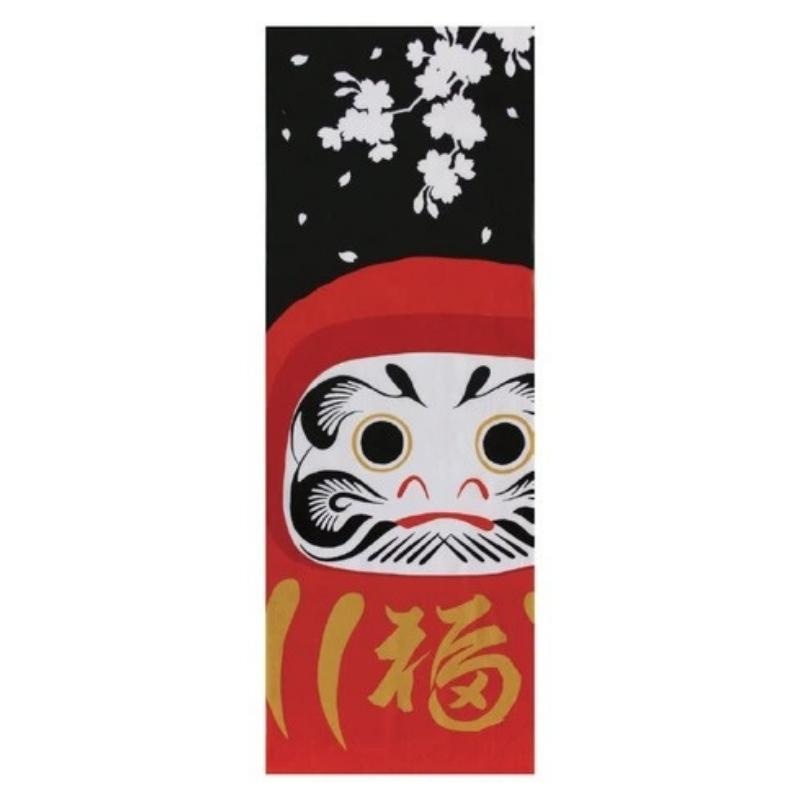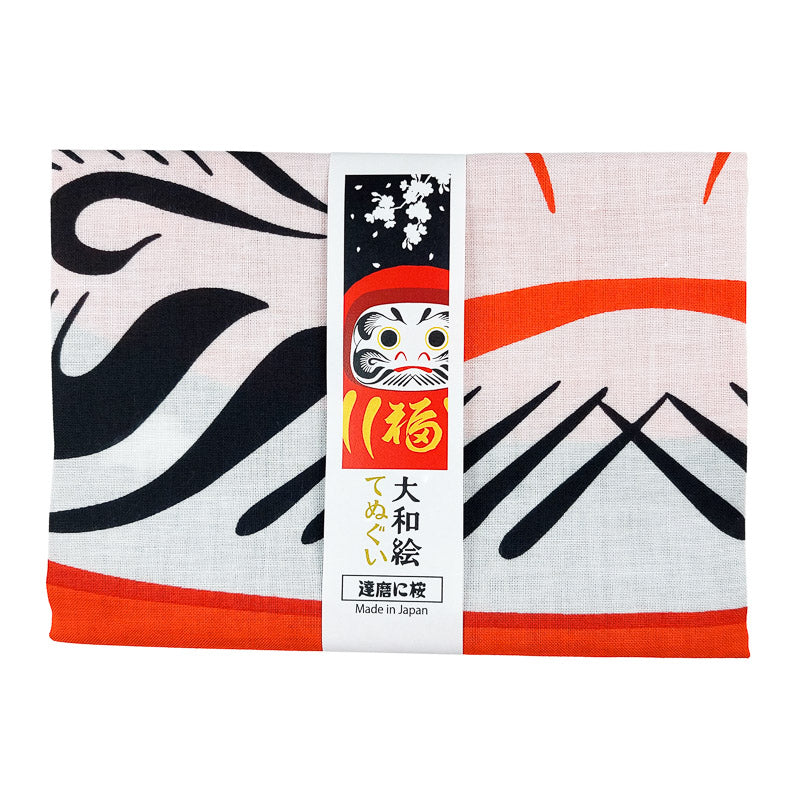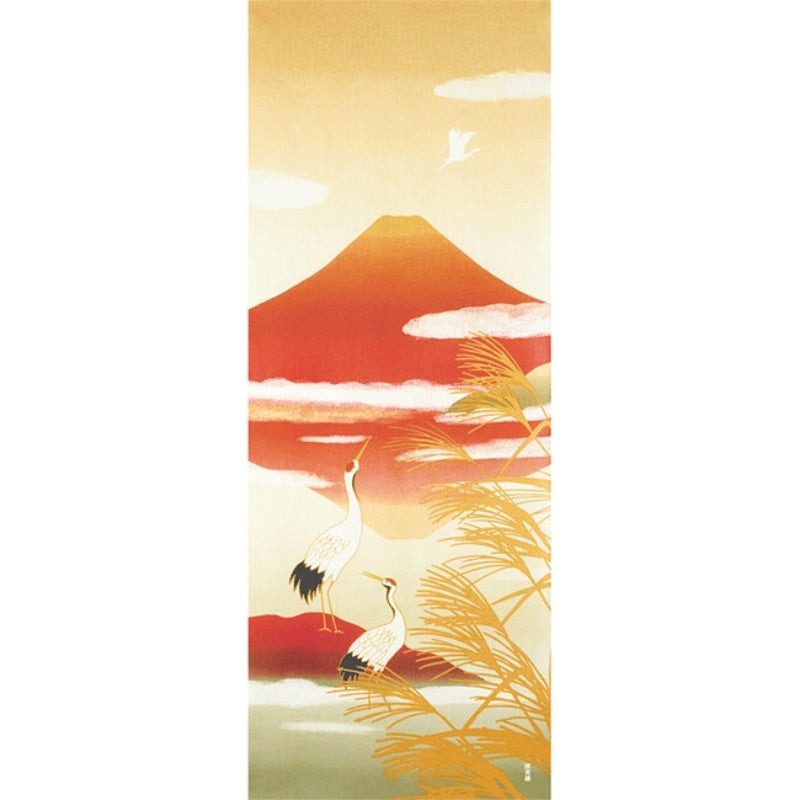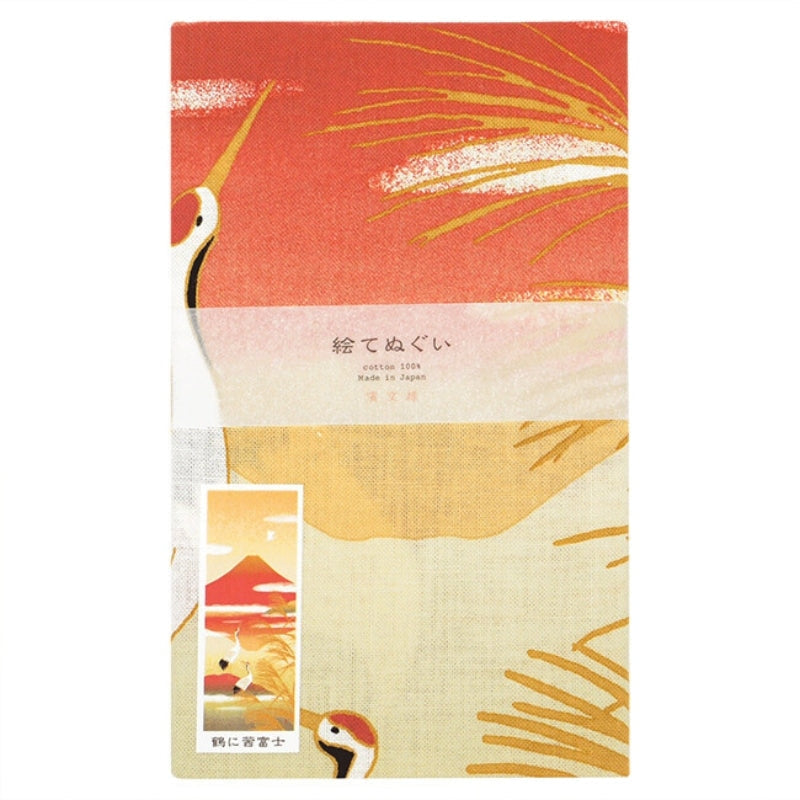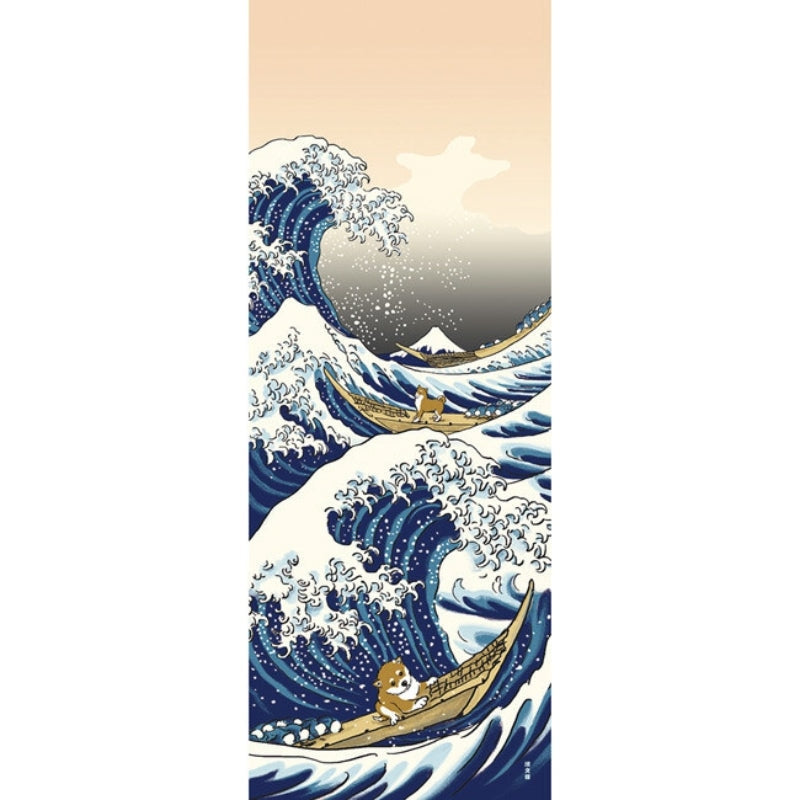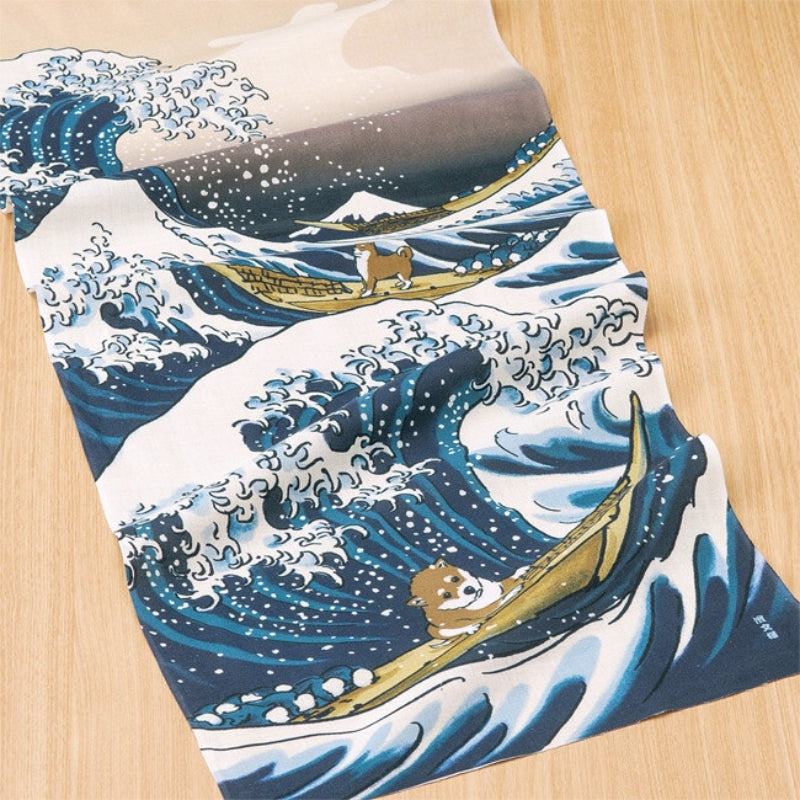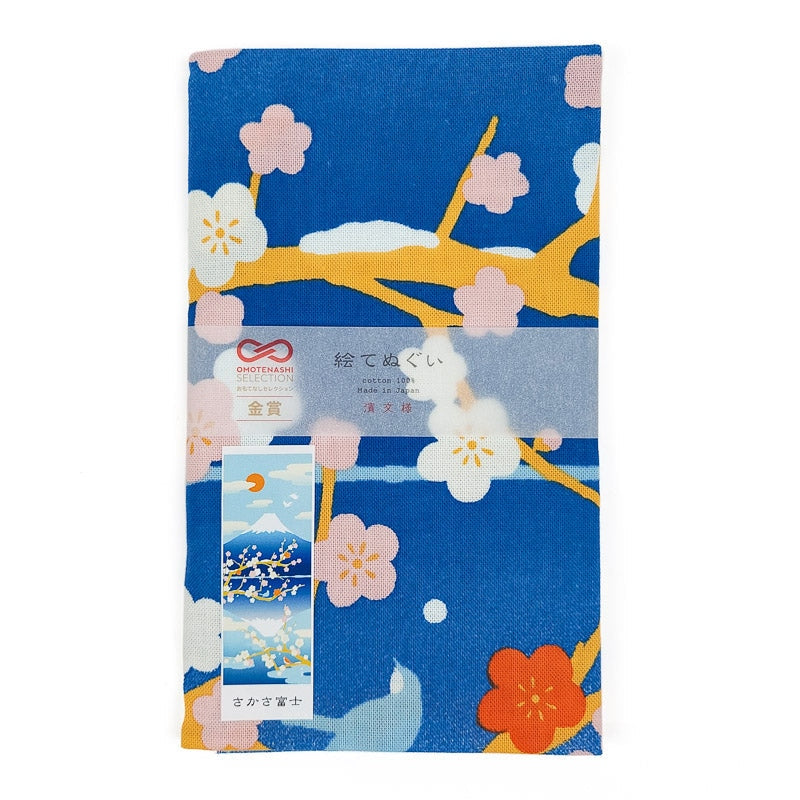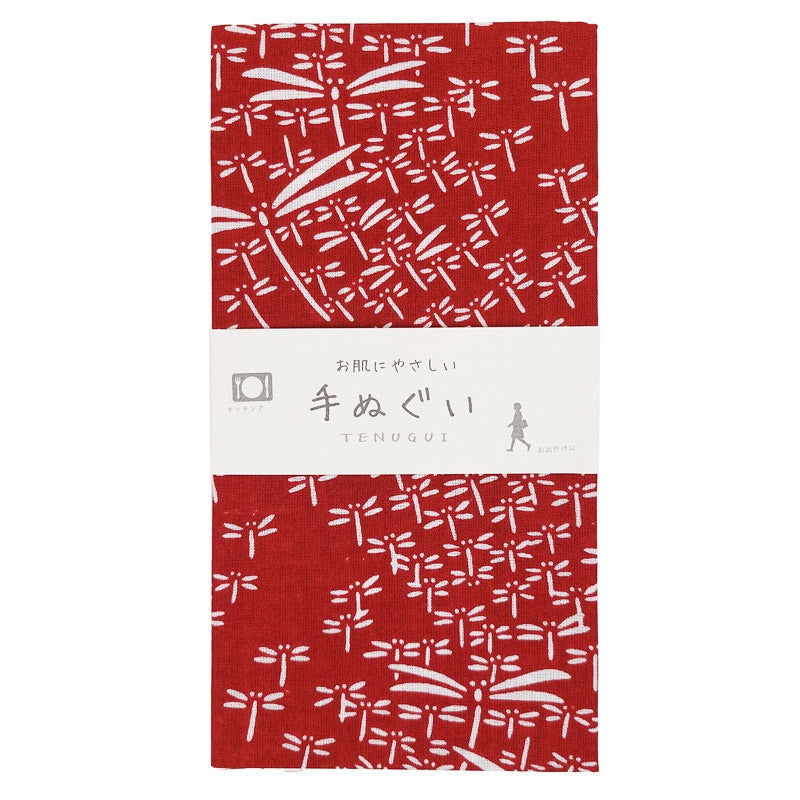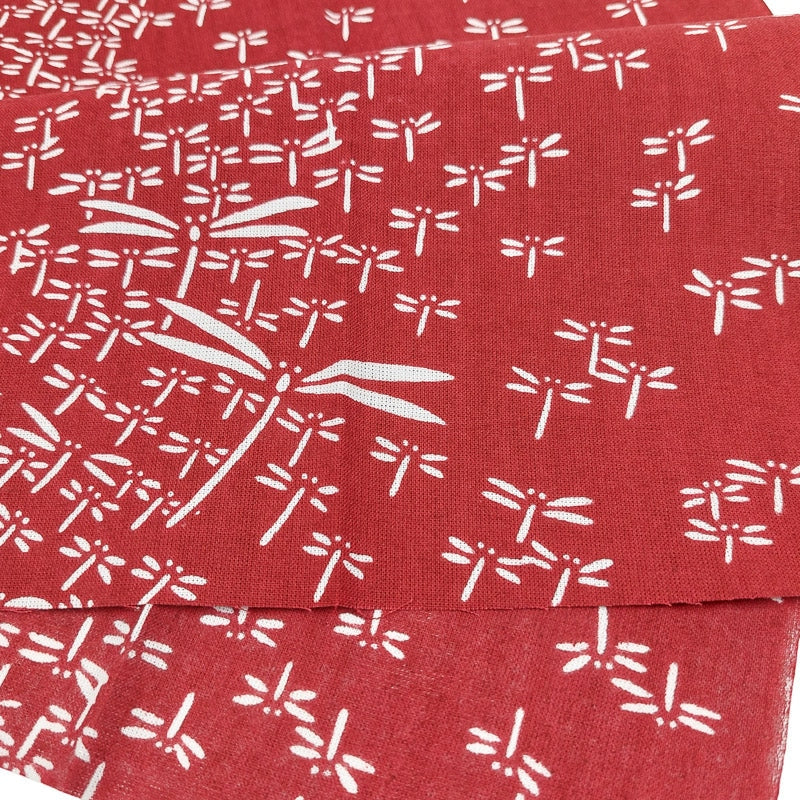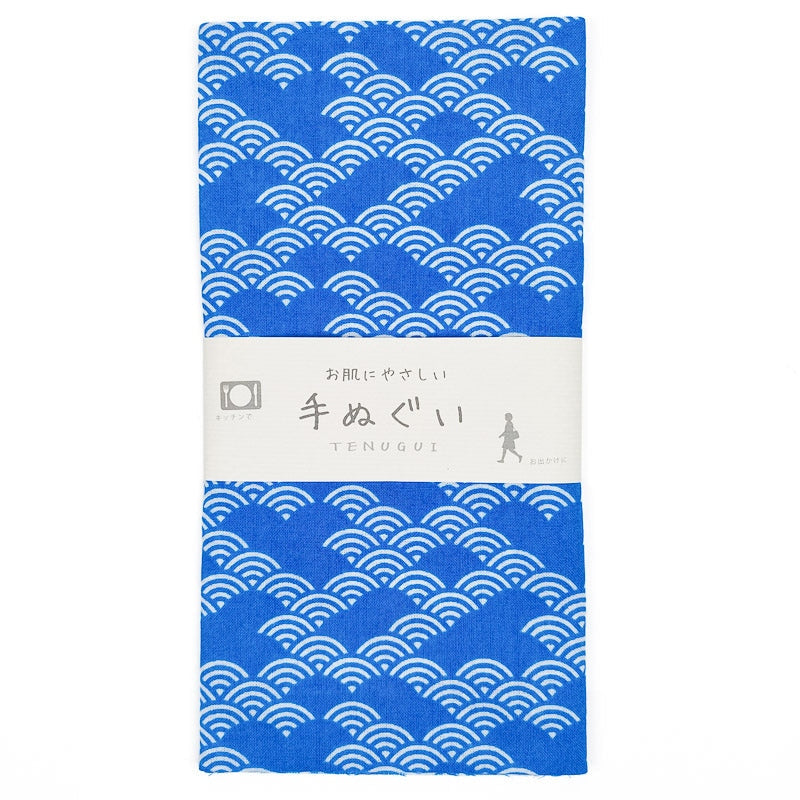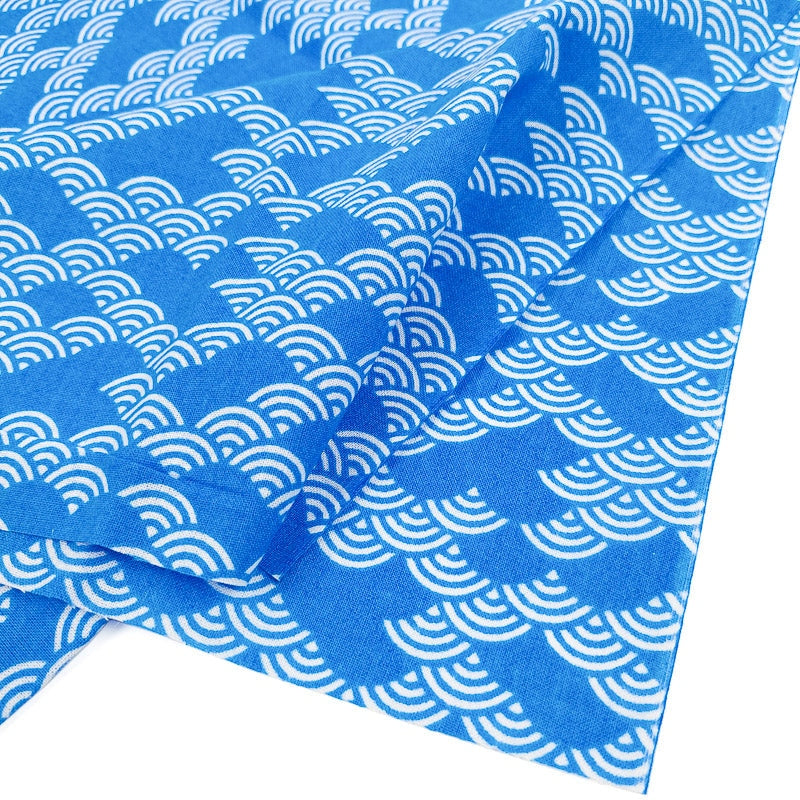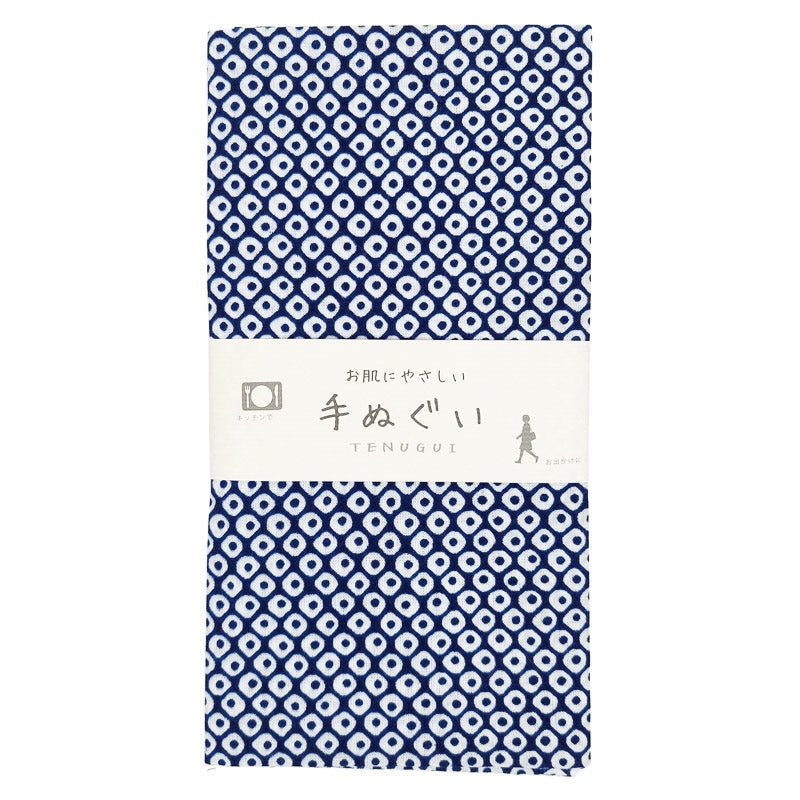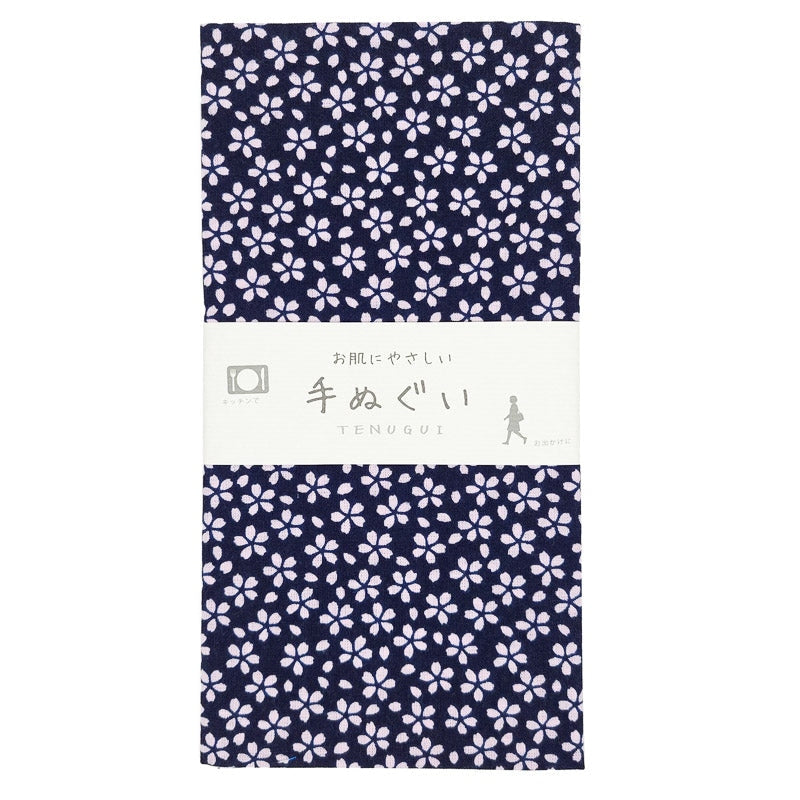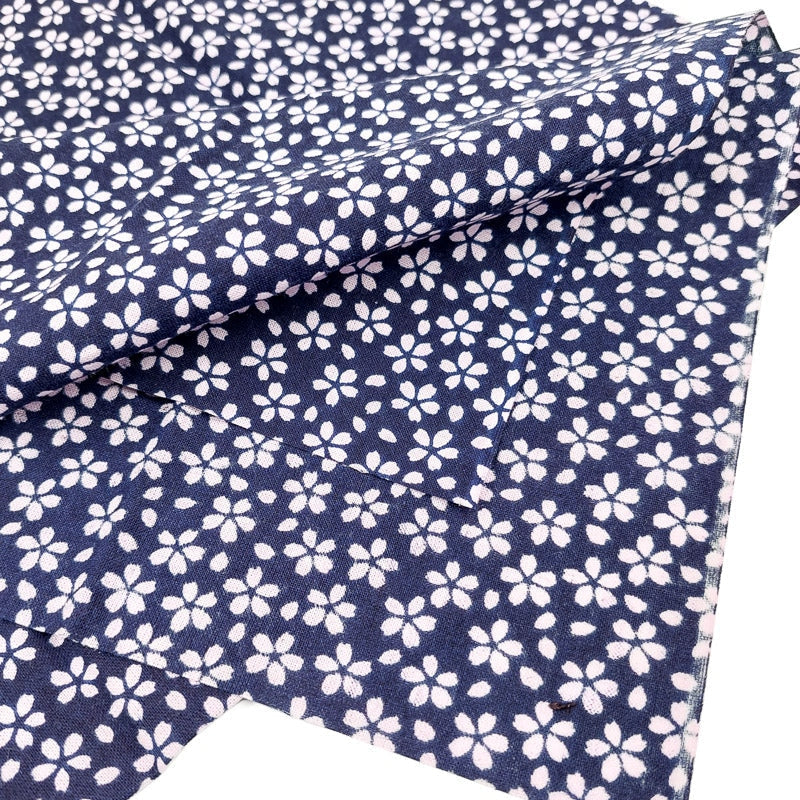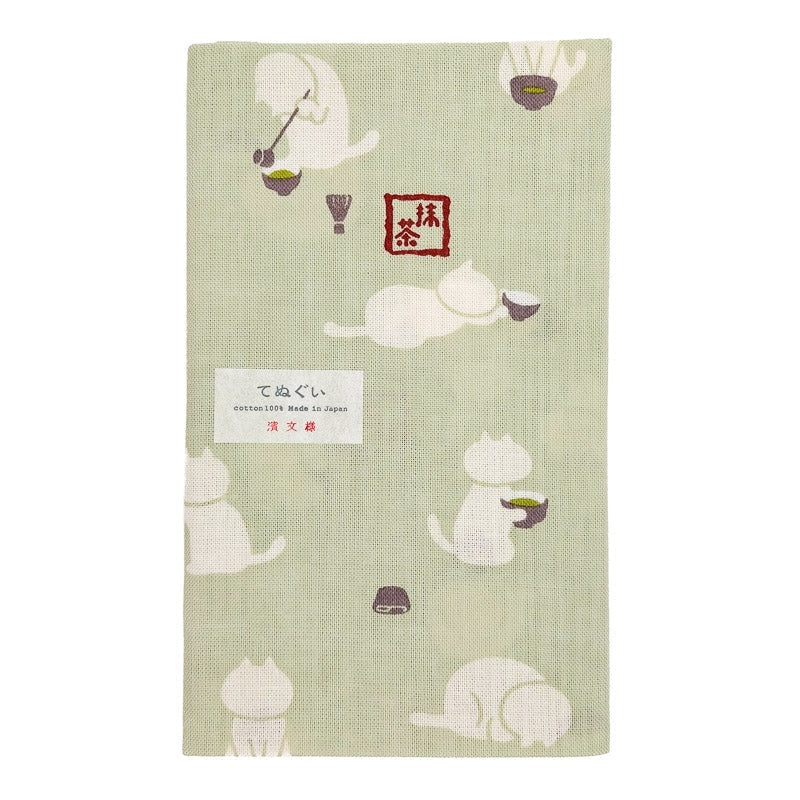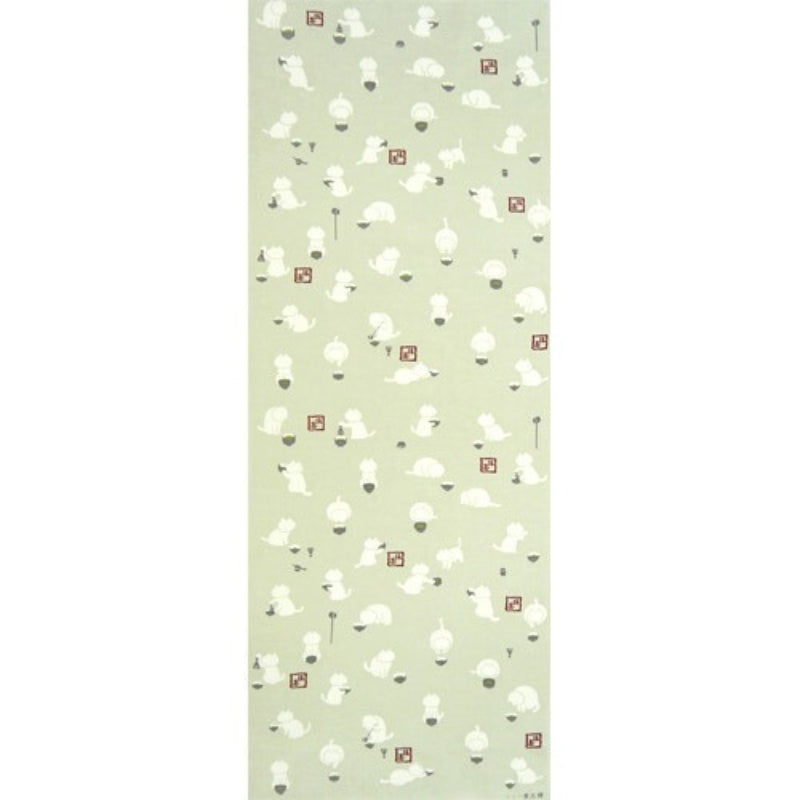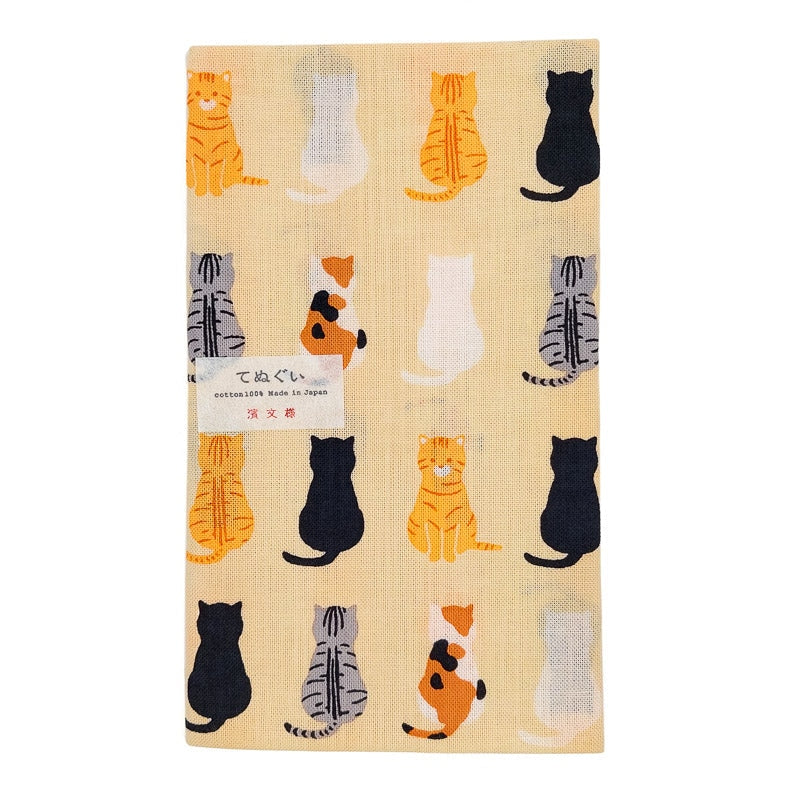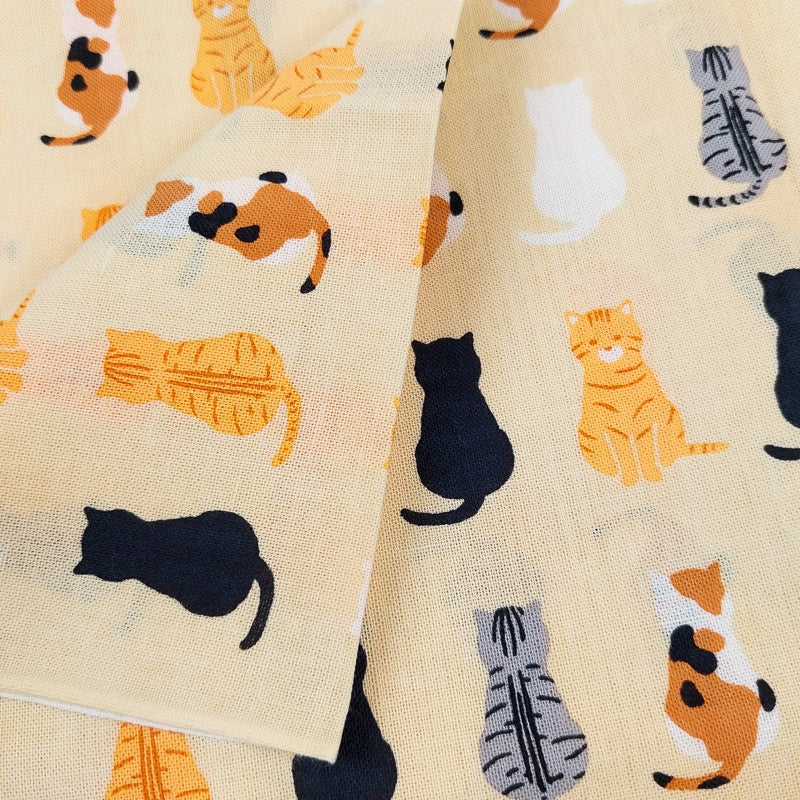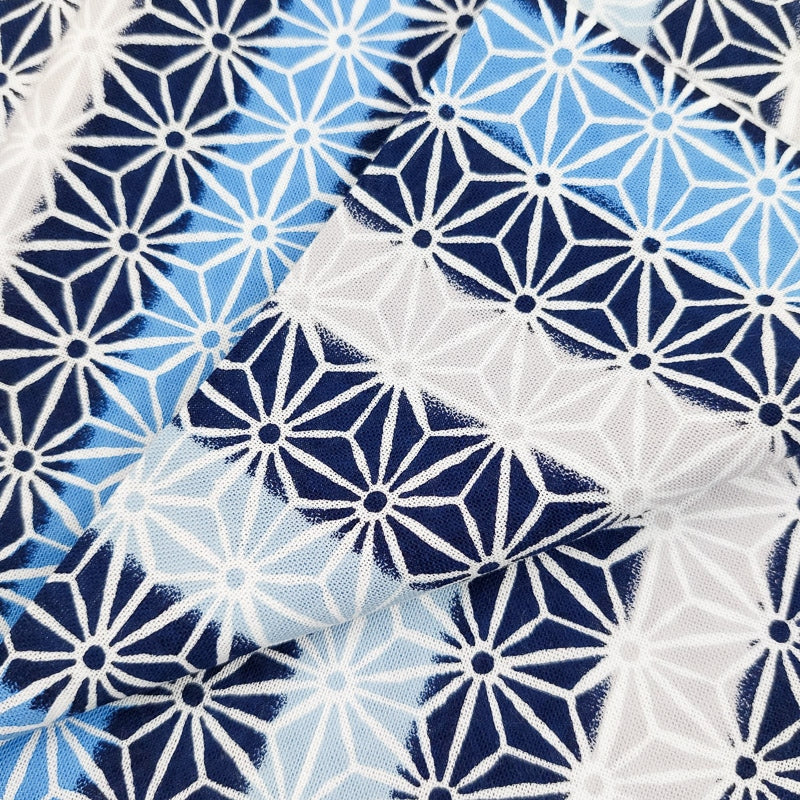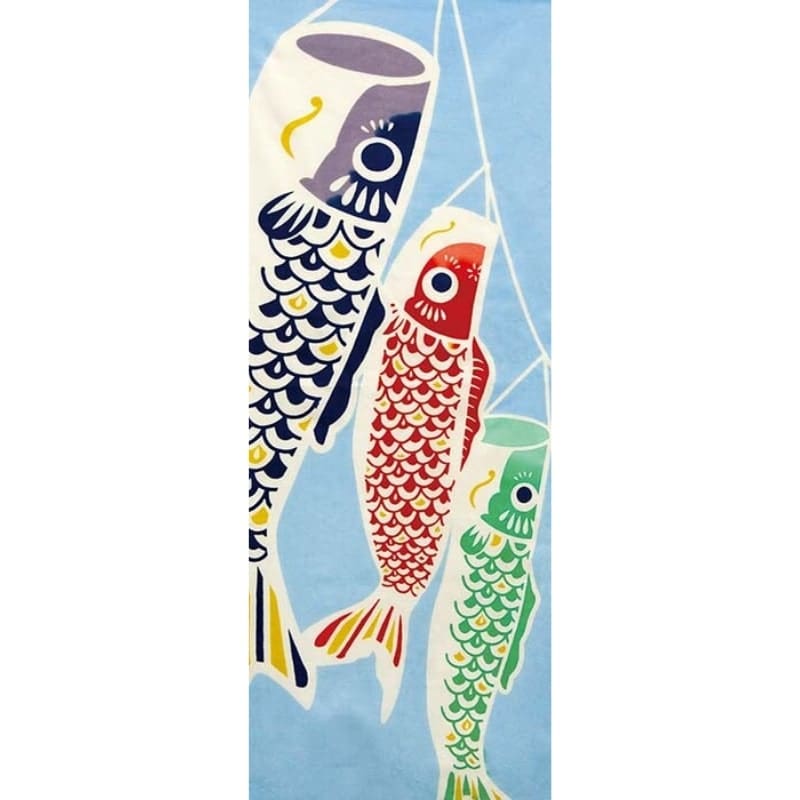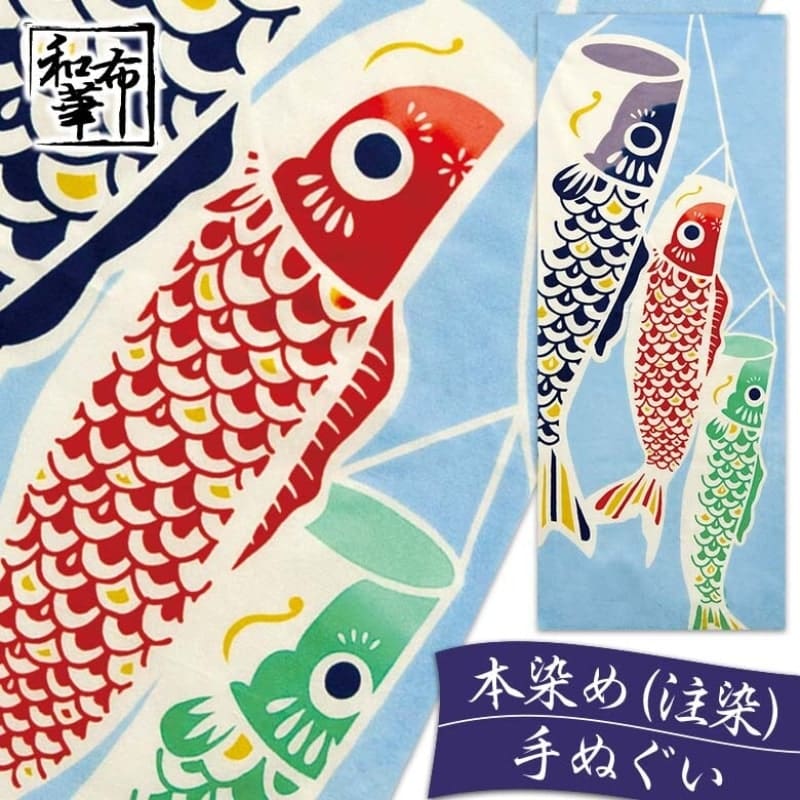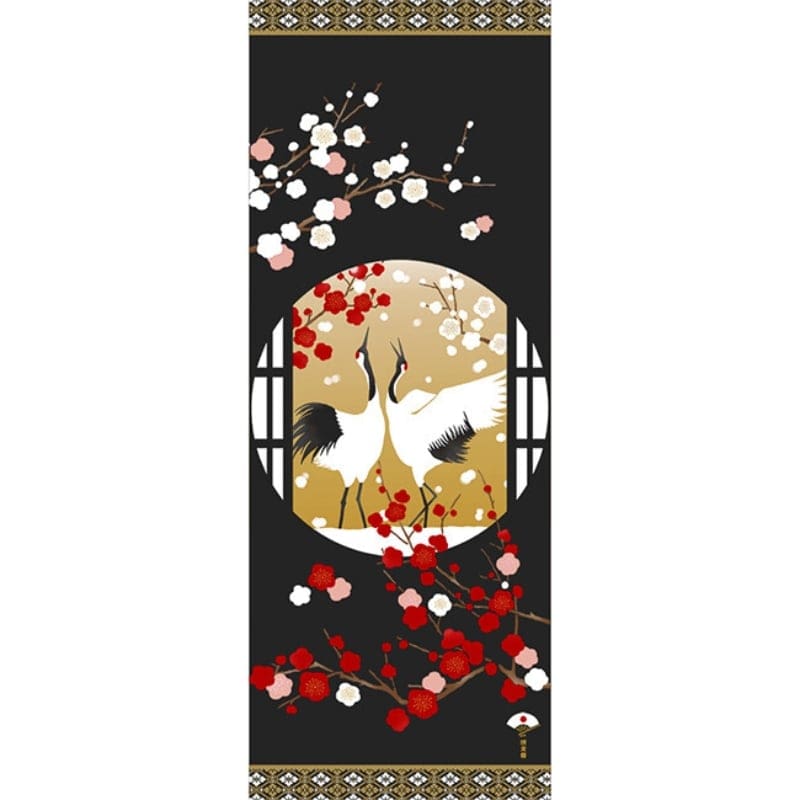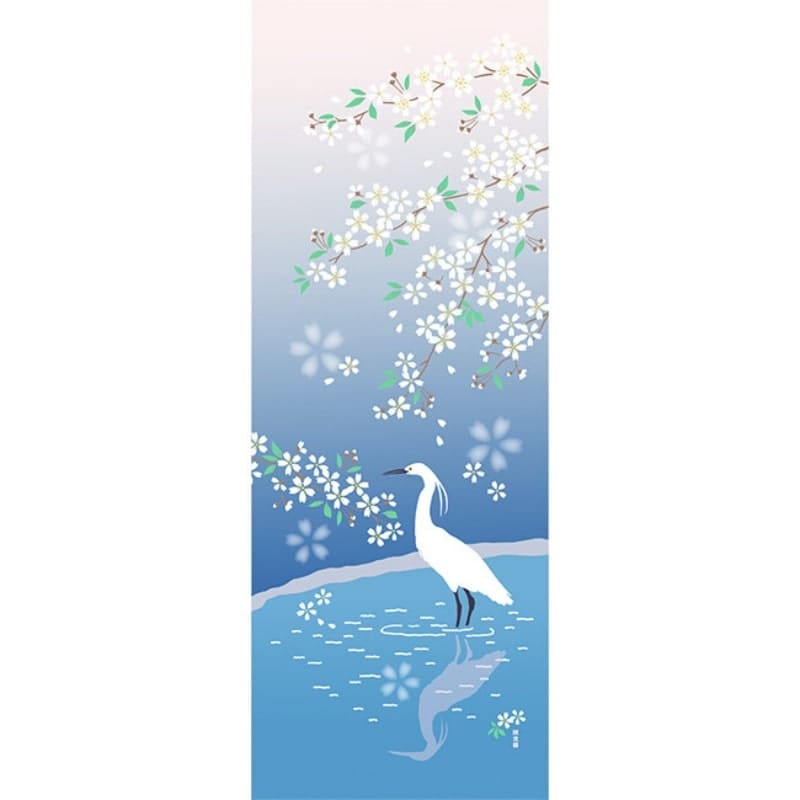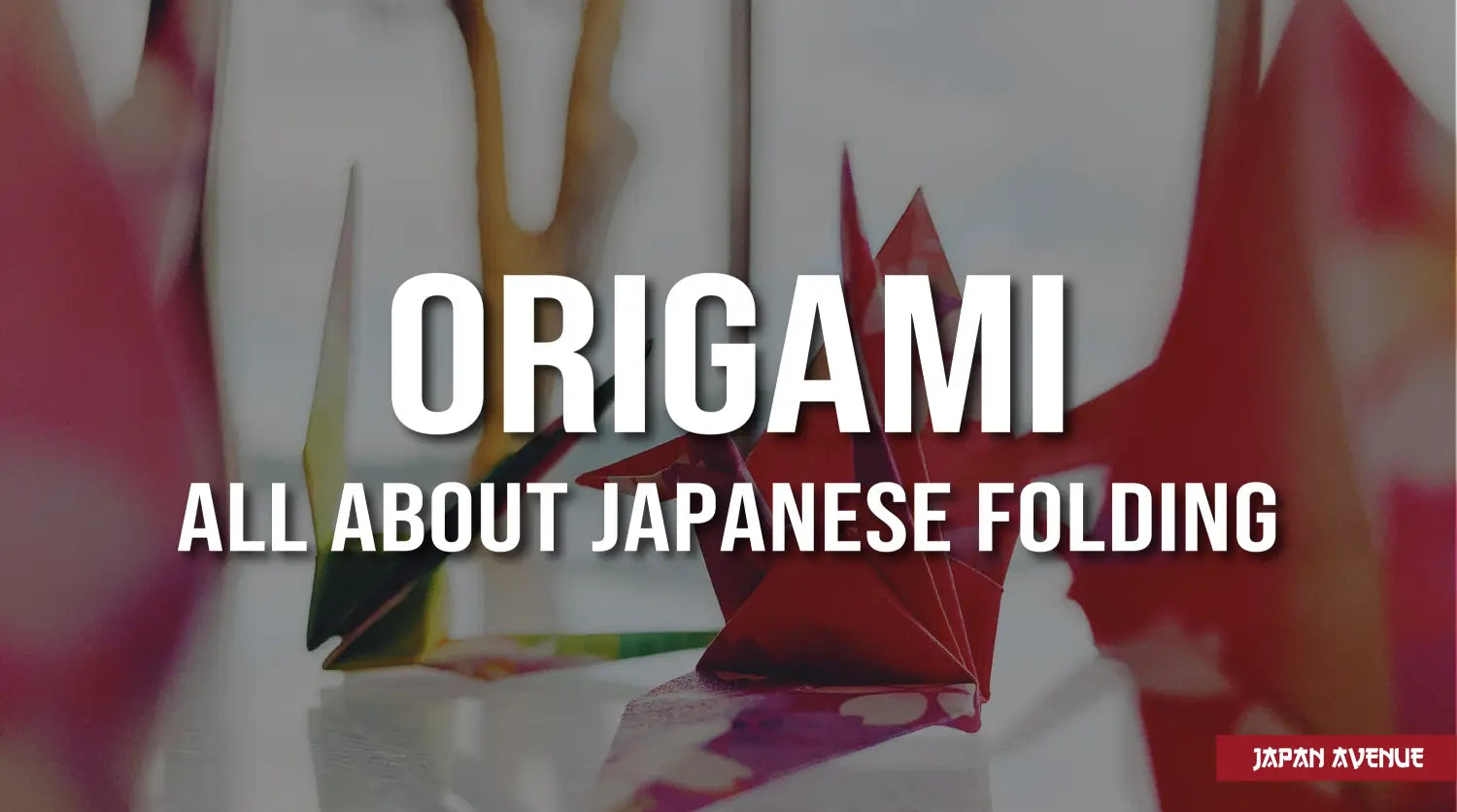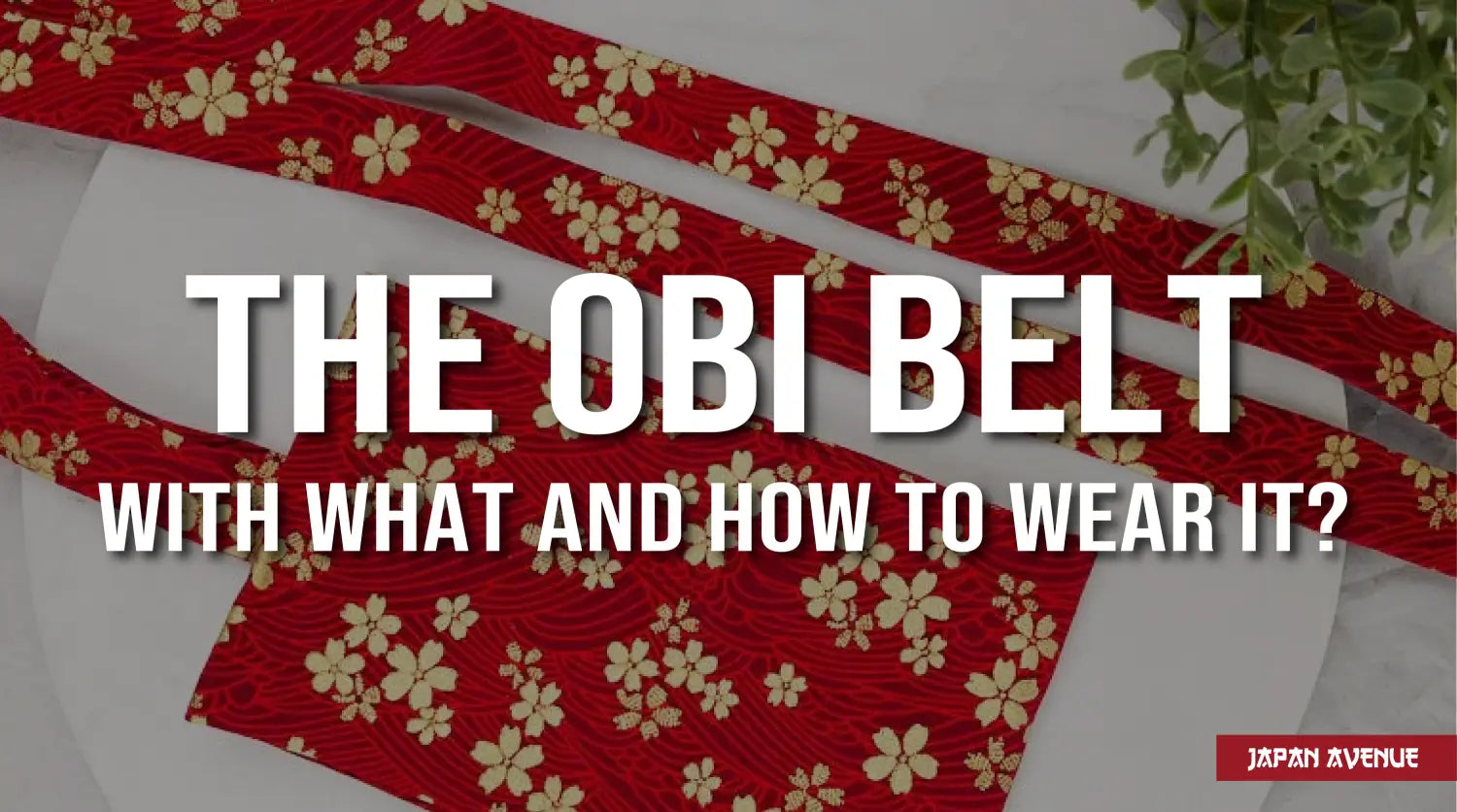Emblematic accessory of the Edo period, the tenugui is a traditional towel that is very much appreciated by the Japanese. It must be said, this nice piece of fabric adorned with patterns can be used in many many ways. Handkerchief, wrapping paper or even a bandana... discover the many uses of the tenugui from the time of the Tokugawa shoguns to nowadays.
🤔 What is the tenugui ?
Meaning "hand towel", the tenugui (手拭) is a Japanese multi-purpose cotton towel that is taken along everywhere. With a standard size of 35cm wide and 90cm long, the tenugui is often decorated with traditional Japanese patterns. This fabric has no folds or hems, so it can dry quickly. Made by hand, each piece is unique.
👩🎨 Handmade
First, the fabric is bleached using the Wazarashi method, this method keeps the fabric soft to the touch, which is ideal for sensitive skin. Then, the artisans use a traditional dyeing technique called Chusen: they place a stencil on the fabric and apply a layer of glue over it before pouring the dye. The dye settles on the uncoated surfaces, thus revealing the patterns. Some canvases are truly artistic creations. Designs are hand-drawn with glue in order to delineate the contours. As a result, a clean flat color or a gradient can be obtained by mixing two shades in the same area.

Source: kamawanu.com
📖 History of tenugui
First appeared around the Heian period, tenugui were used during the rituals of the Shinto ceremonies. The cotton fiber was then considered as a precious textile reserved for people of high rank. The use of this towel was not extended to the rest of the population until the Edo period thanks to the development of cotton cultivation. At that time, it was used to wipe hands, face or body and as a head covering to protect one's head from dust. Over time, this thin cotton towel is given many different uses.
🤹♀ A multi-purpose Japanese towel

In the past, the tenugui was used as a body towel in public baths such as the sento. Also, workers wore it as a head covering to protect their face and hair from dust. While the tenugui has been gradually replaced by more modern equipment, some of its traditional uses are still maintained.
🎨 Object of art and fame
For centuries, Kabuki theater actors and rakugo (Japanese literary performances) storytellers have used it as a stage prop. There are also tenugui bearing the mon (Japanese badge) of the artist. Lastly, in the Land of the Rising Sun, this object is used as a set or as an advertising medium.
🥋 Traditional clothing accessory
Rolled into a headband like a hachimaki or a bandana, the tenugui complements traditional costumes. It is often seen at matsuri (Japanese festivals). Moreover, martial artists and kendo players wear it on their head to wipe the sweat from their forehead. As for Japanese chefs, they wear it rolled on their forehead as a sign of determination in both luxury restaurants and more popular places.
👓 Everyday object
The tenugui is a multipurpose piece that is ideal for everyday use. This handmade fabric can also be used as an apron or a towel to wipe your hands. By folding it, you can even create a glasses case or a bundle.
🧺 Bathroom linen
Its absorbent fabric makes it suitable for use as a handkerchief, bath towel, or a sponge towel for athletes.
🩹 Custom-made bandage
In case of injury, it can also be used as a gauze or bandage, as it easily tears by hand.
💝 Elegant packaging
Last but not least, this piece of fabric is very convenient for wrapping and carrying everyday items. For example, you can wrap a bottle, bento box or fruits for your lunch break. Similarly, it can be used for gift wrapping just like furoshiki.
❓ How to use your tenugui nowadays?

In addition to the traditional uses, the tenugui has more modern functions in everyday life. Here are some examples of how this multipurpose towel is used in a roundabout way.
🎀 On the head, like a bandana
The tenugui is a trendy accessory very popular among festival goers during matsuri. Likewise, it is increasingly seen in fashionistas' hair as a hair accessory.
After folding it several times to obtain the desired thickness, it is slipped under the hair and then tied on top of the head with a nice knot like a headband.
You may also cover your hair with it by placing it in the middle at the forehead before tying it at the back of your head.
😷 As a fabric mask
Its quality fabric and colorful patterns make the tenugui an elegant and pleasant mask to wear.
🍳 In the kitchen, as a tea towel
When the tenugui is damaged, it is used to wipe the dishes, its vegetables or fruits, as a hand towel or even to do the cleaning.
🛁 In the bathroom, as a towel
This towel benefits from good absorption and dries quickly, thus making it an original bath towel that is easy to carry in your suitcase. Gentle to the skin and much more environmentally friendly, tenugui can also replace a makeup remover wipe. Simply rinse it with soap and cold water.
🖼 On the walls, as a decoration
This fabric strip offers a perfect medium for contemporary designers to express themselves, and some tenugui are simply beautiful. When framed, this canvas dresses up your walls while adding an Asian kawaii or Zen touch to your decor. It can also be used to decorate a flower pot or a tissue box.
🍽 On the dining table
The tenugui can be used as a table runner, or a napkin for your guests. This table decoration will bring a refined note.
👒 On a daily basis, as a fashion accessory
Worn as a scarf or a wrap, this piece will instantly bring a very chic touch to your outfit thanks to its pretty patterns.
🎁 Gift to offer
The tenugui makes the perfect little gift to offer since it is such an essential item in Japan. It is also a great travel souvenir that reminds of the Japanese culture.

Far from being an old piece of cloth, the tenugui is a symbol of Japanese culture and craftsmanship which has multiple uses. In the Land of the Rising Sun, it is used as much for washing as for decorating one's interior or for wrapping objects. It makes an original gift to bring back from your trip in Japan.


